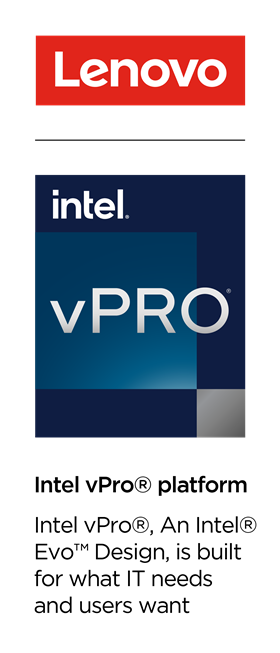Waiting lists. Staff attrition. An ageing population. Everyday pressures on a health service that’s under more public scrutiny than ever before
There’s a clear and accepted need to use technology to get more done with fewer resources. A modern technology ecosystem is the key to unlocking better decision-making. For example, better access to data can improve and speed up almost every care decision. But only if the IT infrastructure in place lets healthcare professionals act on the correct information, fast.
Sponsored by
Technology can improve clinical outcomes and patient experiences over the long term. It can help alleviate some of the burden on hard-pressed clinical and support staff, too: extracting value from the large data sources within the sector, making cross-team and inter-agency care more effective.
However, budget constraints can make digitisation and modernisation projects feel out of reach. Plus, skills shortages and high staff turnover can make it difficult to get projects off the ground.
A tech partnership built for healthcare
Investing in healthcare technologies is easier when working with a dedicated partner experienced in the healthcare sector – one that can offer flexible infrastructure-as-a-service models. At Lenovo, we’re helping organisations like Nuffield Health at St Bartholomew’s hospital and Doctors without Borders, Geneva.
Lenovo’s close partnership with Microsoft and Intel means we offer solutions and services that let healthcare teams offer better patient outcomes now and in the future. With Lenovo devices built on the Intel vPro® platform, healthcare IT teams benefit from remote management capabilities, including keyboard-video-mouse over IP, remote power control, hardware alarm clock, boot redirection, and more.
In addition, Intel-based PC’s have sustained “21 per cent fewer impactful security events”, according to IDC, while offering 17 per cent security team efficiencies. This is thanks to Intel Threat Detection Technology, which uses AI to detect ransomware and other threats.
Put simply, this type of strategic collaboration between technology and healthcare providers, backed by Intel’s cutting-edge technology, means that it’s easier to integrate AI applications across tech stacks. And enable more informed decision-making – like predicting when more hospital beds or additional care staff are required – for a better patient experience and less stress for clinicians. Crucially, Lenovo also provides tailored support to ensure clinical staff can confidently use new technology.
It also means that practical solutions, like Windows 11 ThinkPhones and tablets can help clinical staff collaborate with co-workers, no matter where they’re working, safely, securely, and cost-effectively. Easy, accessible tools increase the likelihood of medical data being recorded accurately and promptly too.
The right technology in action
A recent example of healthcare providers making the most of current technology is Goshen Health, a leading non-profit organisation based in the US.
With services including hospital care, specialist cancer treatment and heart and vascular care, Goshen Health teams needed to replace a portion of a 1950s hospital building. Working with Lenovo, they replaced existing out-of-date PCs with modular, all-in-one desktops, giving clinical staff powerful, lightweight laptops.
At this point, Lenovo experts streamlined the organisation’s identity and access management tools. To avoid lengthy logins that waste vitally important time, they created a system that allows staff to swipe in quickly and securely using just their hospital IDs.
The results were transformative. Stephen Garber, director of Inpatient Nursing Service at Goshen Health said about the project: “Through our collaboration with Lenovo, we have a space that is highly functional with features that are beneficial to our patients, and everyone involved in their care.”
Start making the most of your data
With support, healthcare providers across the UK can overcome challenges and offer care that creates better outcomes for both patients and staff. Take a look at what Lenovo is doing to start maximising data use and ensure technology improves outcomes.























